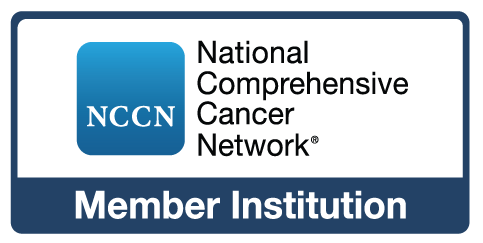Oropharyngeal squamous cell carcinoma (OPSCC), commonly known as throat cancer or tonsil cancer, has seen a dramatic rise in incidence over the last twenty years due to the increased incidence of human papillomavirus-positive (HPV) infection and \* malignancy within the oropharynx.
The prevailing treatment philosophy within head and neck oncology is that deintensifying treatment could still provide equivalent oncologic outcomes, while further lowering toxicity profiles and improving functional outcomes to minimize the morbidity incurred by patients.
The next frontier in the treatment of HPV+ OPSCC, then, is the potential use of ctHPVDNA in the treatment personalization. Patients could be stratified into risk categories based on their ctHPVDNA levels, and in turn, receive a tailored treatment intensity accordingly.
The goal of this research study is to see if de-intensifying (stopping or scaling back) treatment still provides the same, or perhaps even better, results when compared to standard treatment when using your ctHPVDNA test results as a guide for your treatment.
Inclusion Criteria:
Pre-Surgery
* Subjects ≥ 18 years old at the time of informed consent.
* Ability to provide written informed consent and HIPAA authorization.
* Eastern Cooperative Oncology Group (ECOG) performance status 0-2.
* Primary tumor of the oropharynx (palatine tonsil, tongue base, soft palate, lateral or posterior walls of oropharynx).
* Histopathologically confirmed squamous cell carcinoma.
* Detectable ctHPVDNA from blood samples collected prior to treatment.
* Resectable and accessible tumor with high probability of achieving negative margins.
* Smokers and non-smokers included.
* Tumor stage (AJCC 8th edition): T1 or T2, and select T3 tumors that are mobile and do not invade the larynx.
* Nodal stage (AJCC 8th edition): N0, N1 or N2.
* Mobile neck nodes on physical exam if N positive.
* HPV+ tumor, as determined by p16, in-situ hybridization, real-time polymerase chain reaction, or ctHPVDNA.
Post-Surgery
• Subjects with unknown primaries included if primary is definitively identified and resectable with negative margins or if the palatine and lingual tonsils are thoroughly resected and pathologically proven to be negative for a primary.
Exclusion Criteria:
* Serious medical condition preventing general anesthesia for surgery.
* History of previous head and neck radiation or previous head and neck cancer within 3 years.
* Distant metastatic disease present.
* Subjects with synchronous HPV+ oropharynx primaries
* Prior invasive malignant disease within 3 years, with the exception of non-melanoma skin cancer and thyroid cancer, unless patient is deemed cured or disease free, in which case patient may be included in the study.
* Lactating or pregnant women. Women of childbearing potential must have a negative pregnancy test on the day of surgery. Women are considered to have childbearing potential (regardless of sexual orientation, having undergone a tubal ligation, or remaining celibate by choice) unless they meet one of the following criteria:
1. Has undergone a hysterectomy or bilateral oophorectomy; or
2. Has been naturally amenorrheic for at least 12 consecutive months.




